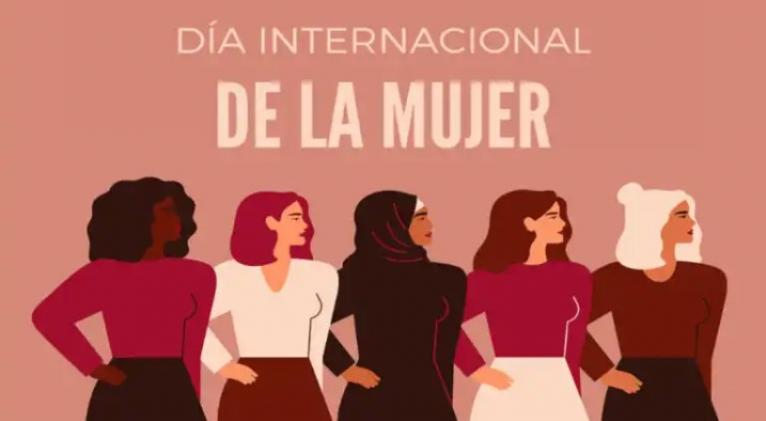The history of International Women's Day

The first initiative recognized as International Women's Day was organized in the United States on February 29, 1908, when massive demonstrations were held by socialist women's groups to fight for women's right to vote and for political and economic rights.
However, it was during the Second Conference of Socialist Women in 1910, in Copenhagen, Denmark, when the proposal of German communist Clara Zétkin was unanimously approved and there was finally an International Women's Day on March 19, 1911.
But how did we get to March 8, date when the International Women's Day is currently celebrated? Well, some sources go back to the great demonstration that the New York textile workers staged in 1857 as a protest against the terrible working conditions to which they were subjected.
Others refer to the Russian women's strike on the last Sunday of February 1917, when thousands of workers took to the streets to demand their rights. Very shortly after, the end of the monarchy and the rise to power of the Bolsheviks led by Lenin took place. That historic Sunday was February 23, according to the Julian calendar used in Russia then, or March 8, according to our Gregorian calendar.
Our country joined the celebrations quite early, in 1931. The event was held at the Centro Obrero de Cuba, located in Havana, and was organized by the National Workers' Central and the Workers' Federation of Havana, with an invitation to all the women who worked in workshops, shops and factories in the city.
A group of political prisoners, including Ofelia Domínguez, founder of the Women's Labor Union, wrote a message that day in which they declared their "adhesion and sympathy" for the International Day of Working Women, which meant a declaration of principles. The note was reproduced in some Havana newspapers.
In 1975, the UN institutionalized March 8 as International Women's Day and, four years later, approved the Convention on the Elimination of All Forms of Discrimination against Women, which was signed by 188 member countries.
The document defined the expression "discrimination against women" as "any distinction, exclusion or restriction based on sex that has the purpose or result of impairing or nullifying the recognition, enjoyment or exercise of women, regardless of their marital status, over the basis of the equality of men and women, of human rights and of fundamental freedoms in the political, economic, social, cultural and civil spheres or in any other sphere.”
Cuba was the first country to sign this multilateral agreement and the second to ratify it.
Translated by Sergio A. Paneque Díaz / CubaSí Translation Staff














Add new comment